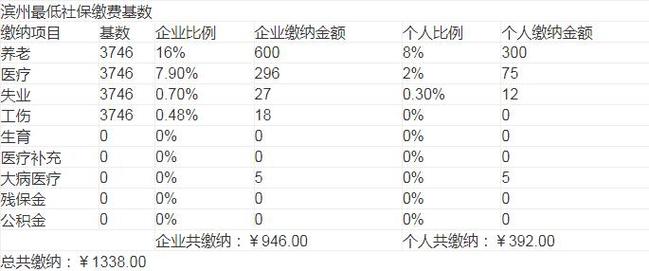黑龙江职工养老保险手册图片
Title: Understanding Your Retirement Insurance: A Comprehensive Guide
In today's dynamic and evolving world, planning for retirement is more crucial than ever. One of the essential components of a secure retirement plan is understanding and maximizing the benefits of retirement insurance. This comprehensive guide aims to provide a detailed overview of the intricacies of retirement insurance, offering insights, explanations, and practical advice to help you navigate this vital aspect of your financial future.
Introduction to Retirement Insurance
Retirement insurance, commonly referred to as pension or retirement plans, is a financial product designed to provide income and support during retirement. It serves as a safety net, ensuring individuals have financial stability after they cease working.
Types of Retirement Insurance
1.
Social Security
: Social Security is a government program that provides retirement, disability, and survivor benefits to eligible individuals. It is funded through payroll taxes and serves as a foundational component of retirement income for many people.2.
EmployerSponsored Retirement Plans
: These plans, such as 401(k) and pension plans, are offered by employers to help employees save for retirement. Contributions are often made through payroll deductions, and employers may offer matching contributions to incentivize participation.3.
Individual Retirement Accounts (IRAs)
: IRAs are personal retirement savings accounts that offer tax advantages for retirement savings. They come in various forms, including traditional IRAs, Roth IRAs, and SEP IRAs, each with its own eligibility criteria and tax implications.Key Concepts and Terminology
Vesting
: Vesting refers to the ownership of contributions made to retirement plans. Employees become vested in their employer's contributions over time, ensuring they have a right to those funds upon retirement.
Beneficiary Designation
: Designating a beneficiary ensures that your retirement funds are distributed according to your wishes in the event of your death. It's essential to regularly review and update beneficiary designations to reflect changes in circumstances.
Distribution Options
: Upon reaching retirement age, individuals must decide how to access their retirement funds. Options may include lumpsum distributions, annuitization, or systematic withdrawals, each with its own implications for taxes and income stability.Maximizing Retirement Benefits
1.
Start Early
: The earlier you begin saving for retirement, the more time your investments have to grow. Take advantage of compound interest by starting to save as soon as possible.2.
Contribute Regularly
: Consistent contributions to retirement accounts, such as 401(k)s or IRAs, can significantly impact your retirement savings. Set up automatic contributions to ensure you're consistently saving for the future.3.
Diversify Investments
: Diversifying your retirement portfolio can help mitigate risk and optimize returns. Consider a mix of stocks, bonds, and other assets tailored to your risk tolerance and investment goals.
4.
Take Advantage of Employer Matches
: If your employer offers a matching contribution to your retirement plan, maximize this benefit by contributing enough to receive the full match. It's essentially free money that can boost your retirement savings.Common Pitfalls to Avoid
1.
Ignoring Retirement Planning
: Procrastination can significantly impact your retirement savings. Start planning and saving for retirement as early as possible to ensure you have an adequate nest egg.2.
Not Reviewing Investments
: Periodically review and rebalance your retirement portfolio to ensure it aligns with your goals and risk tolerance. Ignoring investment performance could result in missed opportunities or excessive risk exposure.3.
Overreliance on Social Security
: While Social Security provides essential benefits, it's typically not enough to sustain a comfortable retirement lifestyle. Supplement Social Security with additional retirement savings to ensure financial security in retirement.Conclusion
Retirement insurance plays a vital role in securing a comfortable and financially stable retirement. By understanding the various types of retirement plans, key concepts, and strategies for maximizing benefits, individuals can take proactive steps towards building a robust retirement portfolio. Start planning and saving for retirement today to enjoy a fulfilling and worryfree retirement tomorrow.











